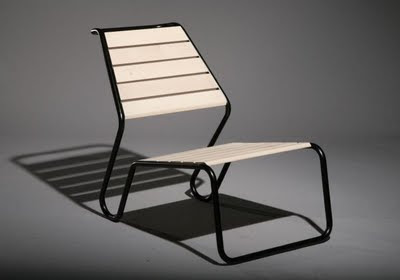
This Molecule seating system consists of two components: a cylindrical upholstered seat and a curved backrest finished in wood veneer with an upholstered top or Corian pad. This molecule seating system was designed by toronto based designer Davide Tonizzo for the Canadian furniture manufacturer, Arconas.
The two components of Molecule combine into an endless array of configurations and are designed to simply reconfigure on the fly to respond to changing needs. An optional plywood worksurface is also available to accommodate work applications.

As the name implies, Molecule was inspired by those building blocks of nature. The design breaks furniture down into simple elements that can support sitting, working and relaxing. As well, the shape allows the units to be configured into an infinite arrays.

“My objective in designing Molecule was to create infinite furniture. By soft linking each element by shape as opposed to a mechanical connection, the system creates groupings of seating that can be easily arranged and rearranged to support different uses or simply to change the look of a space,” says Molecule designer, Davide Tonizzo. “The name Molecule highlights the theme of a simple set of elements that can produce a vast range of configurations.”

Molecule is ideal for public spaces such as hotel lobbies, libraries, school work/study areas, airport lounges, bars/lounges and retail stores. As well, it can be used for office training, breakout sessions and casual work areas.




















